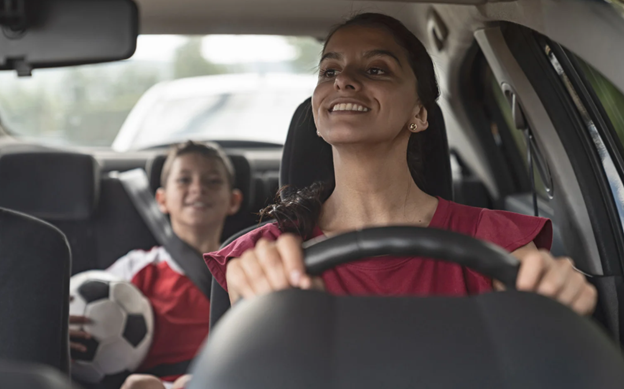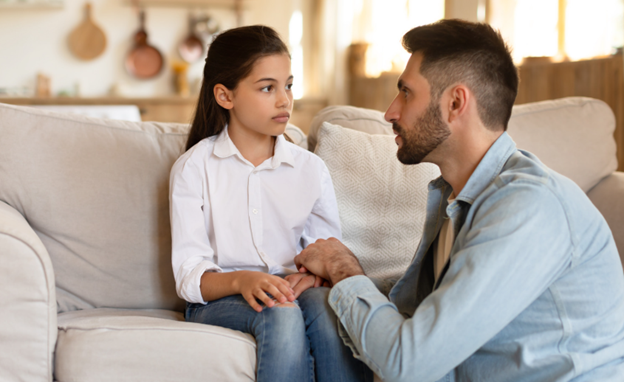
"Happy New Year" Newsletter
Kristin Hall via Babble – cute toasting with toast story at https://abc7ny.com/new-year-years-eve-toast-toasting/1689451/
Happy New Year from the Guiding Mindset!
A toast to you and your family for this New Year!
The New Year is a great time for new beginnings or for a reset. If things haven’t been going as well as we’d like, we can hit the pause button and start again. It gives us an opportunity to reassess our family routines and rhythms. Our kids are constantly growing and changing. It’s up to us to grow and change with them, as well as adjust our family dynamics to match those developmental changes. This is a great time to consider all that we wish and dream for our kids and family, and what new steps we can put in place to move in that direction.
What shifts would you like to make?
In routines or schedules
Parenting tools you’d like to put in place
Becoming more conscious in some aspect of your parenting
We look forward to supporting you as you support your kids and family. We’re here with tips and tools to help you on your parenting journey. Do you have questions or topics you’d like to see covered?We’d love to hear from you! Send us an email with your questions to be featured in upcoming Newsletters.

Pro Tip of the Month:
The Car Conversation
Have something you want to talk about with your child? Can you tell your kiddo has something on their mind but hasn’t brought it up? Try the Car Conversation!
Many kids have an easier time opening up when things are more relaxed and they aren’t forced to make direct eye contact. This is sometimes especially true of boys who have an easier time with side-by-side conversations. Being in the car also makes it more difficult to avoid a discussion – no one can walk away.
To start, make sure the environment lends itself to connection. (Lower the volume or turn off the radio, eliminating distractions.) You might bring up a specific topic with your child or just be present with them. Perhaps ask how things are going, or some other open ended leading question to start the conversation. Then just listen with encouraging statements or simple open-ended questions to further the dialogue.
Keep these conversations positive. The adult should be the active listener. Be sure not to turn this into a lecture. The goal is to foster connection that leads to open conversation so that you can learn more about your child and what is going on for them.
Bonus: for children who still enjoy company during bathtime, the tub can also be a great spot for conversations.

Big Conversations:
Different Rules for Different Families
“But Mooooommmmmmmm, Trey gets to play Fortnite. Why can’t I play Fortnite?”
A common challenge of parenting as children get older is they start to realize there are things that their friends may get to do that aren’t options within their own family. Not every family’s the same. One of the best ways to combat this is to keep an ongoing, open conversation with your child or children about how different families have different rules.
This conversation may look different for each family, so consider your own family values. Simply include those values in your explanations. Overall, let your child know that the goal of rules and expectations within your home are focused on keeping them mentally and physically safe and well.
An ongoing conversation between my daughter and grandson is around internet safety. My grandson, Henry, has stricter rules than some of his friends. When Henry wants to do something that is not allowed, Shannon reminds him that her biggest job as a mom is to keep him safe and that she doesn’t feel that whatever he wants is in the best interest of his safety or wellbeing. At this point, long explanations and discussion for why something isn’t an option are no longer needed. Henry is well versed in what is deemed acceptable within their families’ values. Shannon can prompt Henry to explain why an activity might not be okay because he’s familiar with the logic behind family decisions. Not only does this lessen arguments, it also helps build Henry’s reasoning and critical thinking skills so he can later make positive decisions independently.

Try This:
Model the Behavior You Want to See
“Do as I say, not as I do” is a pretty dated phrase, yet it’s not uncommon for adults to have those kinds of expectations of children. It’s important to recognize that as parents we are models for our kids. Our children will internalize what we do much more fully that what we say. What they see and experience the adults around them doing is what will really stick.
For parents that means that we need to be modeling the behavior we want to see from our children. For example, if you want your child to consistently use “please” and “thank you” they need to see you using these phrases regularly. It’s particularly impactful when you say “please” and “thank you” to your child. So, instead of continually reminding your child, model the expectation.
The flip side being, if you consistently take actions that you don’t want your child to mimic, just telling them not to do it is unlikely to be a deterrent. For example, children who are spanked are the most likely group to hit others. It is difficult to differentiate between what a parent might view as punishment and how they behave when a peer or sibling upsets them. How they see you treat them and other people, is how they will learn to treat others, regardless of what we say.
During the first months and years this is especially important to be aware of. Very young children are like sponges, absorbing all they see, hear and experience. In the first years, those interactions and experiences are literally building their little brains. It’s up to us to provide the modeling, interactions and experiences for optimum brain building.
Don't miss future newsletters...subscribe now!
